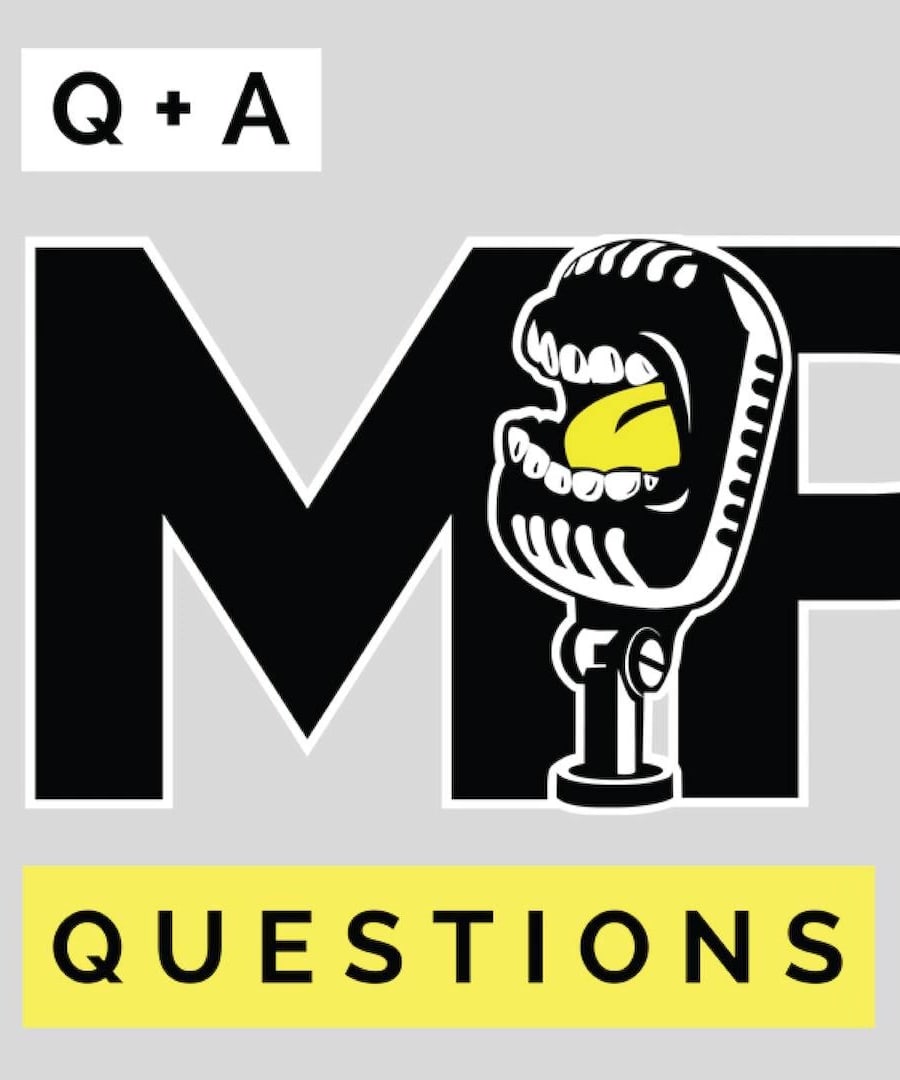What workout adaptations can be made?
Sources:
Workout adaptations can significantly enhance your fitness progress, particularly when you hit a plateau or need to target specific goals. Here are some key insights on workout adaptations from trusted fitness experts:
-
Change Workout Phases:
- Varying your workout phases, like shifting to heavier weights with lower reps or changing exercises, can help overcome plateaus. This helps your body start adapting positively again—like improving metabolism or enhancing strength in different exercises 1.
-
Focused Training:
- It's essential to target specific adaptations. For example, separating aerobic and strength training rather than combining them in circuit training can maximize the benefits of each system. This approach prevents confusion in your body’s response and ensures better results 2.
-
Localized vs. General Adaptations:
- Training different parts of your body with varied techniques can lead to specific local adaptations (like strength in legs from low reps) and general adaptations that benefit the whole body. For instance, adapting one arm with low reps for strength while the other with high reps for endurance 2.
-
Daily Stimulation:
- Performing exercises daily with proper intensity can accelerate adaptation by frequently stimulating your muscles. This can lead to faster gains compared to less frequent, high-intensity workouts. Consistency with appropriate programming is key 3.
-
Central Nervous System (CNS) and Muscle Adaptations:
- Initial strength gains mainly come from CNS adaptations (improved coordination and output). Long-term benefits involve muscle adaptations, emphasizing the need to stick to a routine long enough before switching for novelty benefits 4.
-
Maintaining vs. Building Muscle:
- The volume required to maintain muscle is significantly lower than that needed to build it. Adjusting your workout to focus on muscle maintenance requires less frequency and intensity, making it easier for sustained progress 5.
-
Adaptation Over Time:
- Adaptations from exercise are like investments—they accumulate over time. For instance, running consistently improves endurance, while lifting progressively heavier weights boosts strength. Your body molds itself to become better at the stress introduced by specific exercises 6.
These expert insights emphasize the importance of tailored adaptations, specific training phases, and strategic consistency in workouts for optimal results.
RELATED QUESTIONS-





